Explore the world of Succulents with this comprehensive guide to 15 popular Varieties. From agaves to kalanchoes, find the perfect low-maintenance, drought-tolerant plants to enhance your garden’s beauty.
Succulents have become a gardening sensation, captivating plant enthusiasts with their striking shapes, vibrant colors, and low-maintenance charm. These drought-tolerant wonders are perfect for busy gardeners or those living in arid regions, offering a delightful array of textures and forms to enhance any outdoor space.
Whether you’re a seasoned green thumb or just starting your gardening journey, incorporating succulents into your landscape can add a touch of whimsy and resilience to your design. With so many varieties available, choosing the right succulents for your garden can be both exciting and overwhelming.
In this guide, we’ll explore 15 popular types of succulents, each with its unique characteristics and growing requirements. From the classic echeveria to the towering agave, you’ll find the perfect addition to complement your garden’s aesthetic and thrive in your local climate.
1. Echeveria
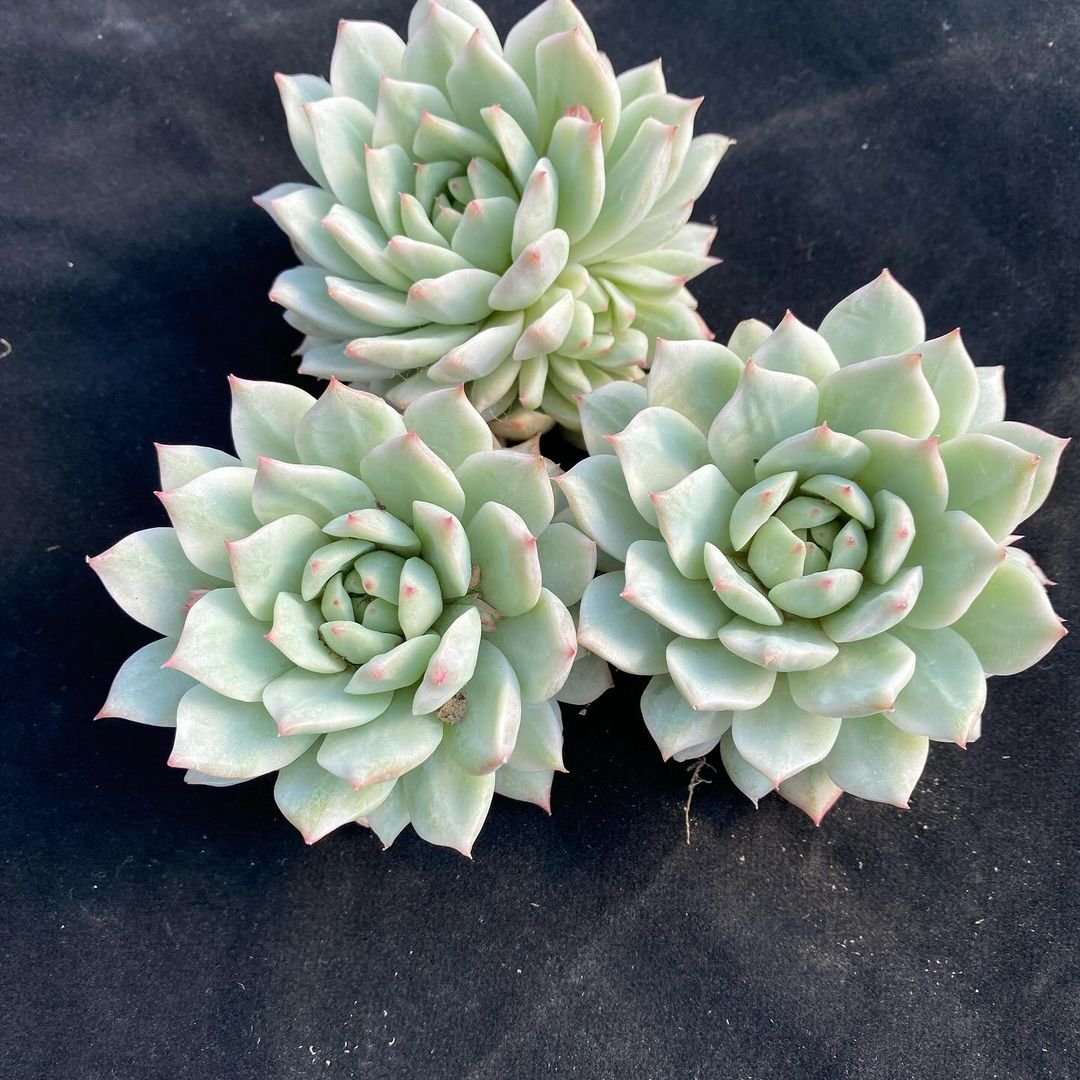
Here’s a short information chart about Echeveria:
| Aspect | Information |
|---|---|
| Botanical Name | Echeveria |
| Plant Type | Succulent |
| Zones | Typically USDA Zones 9-11, may vary |
| Exposure | Full sun to partial shade |
| Bloom Time | Spring to summer |
| Height/Spread | Varies depending on species, typically 6-12 inches in height, and 6-18 inches in spread |
Echeverias are among the most popular and recognizable succulents, known for their stunning rosette shapes and vibrant colors. These small-to-medium-sized plants come in a variety of hues, including shades of green, blue, pink, and red. Some popular varieties include ‘Topsy Turvy,’ ‘Perle von Nurnberg,’ and ‘Black Prince.’
2. Hens and Chicks

Here’s a short information chart about Sempervivum, commonly known as Hens and Chicks:
| Aspect | Information |
|---|---|
| Botanical Name | Sempervivum |
| Plant Type | Succulent |
| Zones | Typically USDA Zones 3-8, may vary |
| Exposure | Full sun to partial shade |
| Bloom Time | Summer |
| Height/Spread | Varies depending on species, typically 3-6 inches in height, and 6-12 inches in spread |
Sempervivums, commonly known as “hens and chicks,” are hardy succulents that form tight rosettes and produce offsets (chicks) around the main plant (hen). These low-growing plants come in various colors, from greens to reds and purples, and are perfect for rock gardens or ground cover. Popular varieties include ‘Ruby Heart’ and ‘Chick Charms.’
3. Sedum
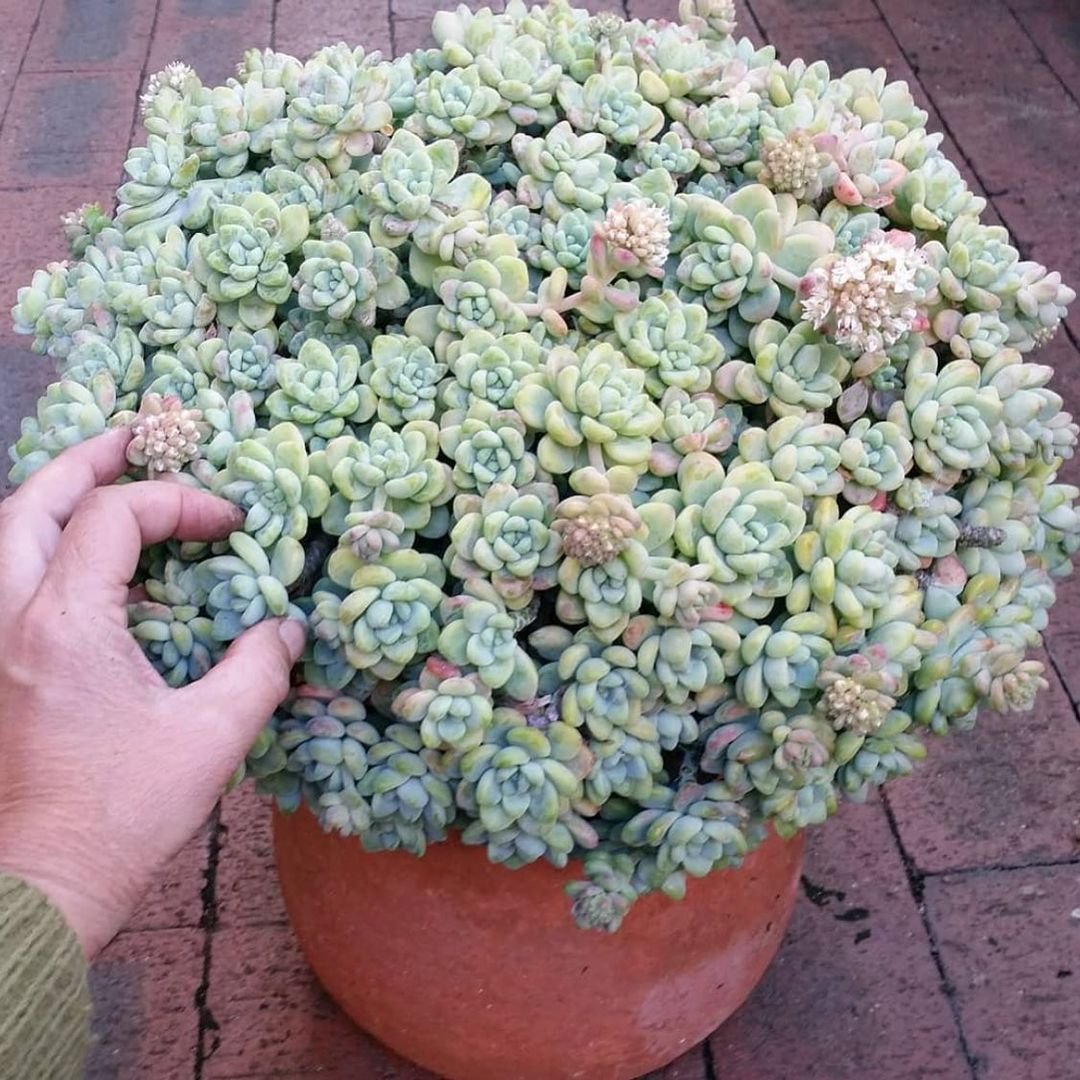
Here’s a short information chart about Sedum:
| Aspect | Information |
|---|---|
| Botanical Name | Sedum |
| Plant Type | Succulent |
| Zones | Typically USDA Zones 3-9, may vary |
| Exposure | Full sun to partial shade |
| Bloom Time | Late summer to fall |
| Height/Spread | Varies depending on species, typically 6 inches to 2 feet in height, and 6 inches to 2 feet in spread |
Sedums are versatile succulents that range from ground-covering varieties to upright, tall plants. They come in a wide range of colors, from vibrant reds and oranges to greens and yellows. Some popular sedum varieties include ‘Dragon’s Blood,’ ‘Autumn Joy,’ and ‘Sunsparkler.’
4. Aeonium

Here’s a short information chart about Aeonium:
| Botanical Name | Aeonium spp. |
|---|---|
| Plant Type | Succulent |
| Zones | Typically zones 9-11, but may vary depending on species |
| Exposure | Full sun to partial shade |
| Bloom Time | Spring to early summer |
| Height/Spread | Varies by species, generally 6 inches to 3 feet in height, with similar spread |
Aeoniums are known for their striking rosette forms and vibrant colors, making them a stunning addition to any succulent garden. These plants can range from small, compact varieties to larger, tree-like forms. Popular choices include ‘Zwartkop,’ ‘Sunburst,’ and ‘Kiwi.’
5. Crassula
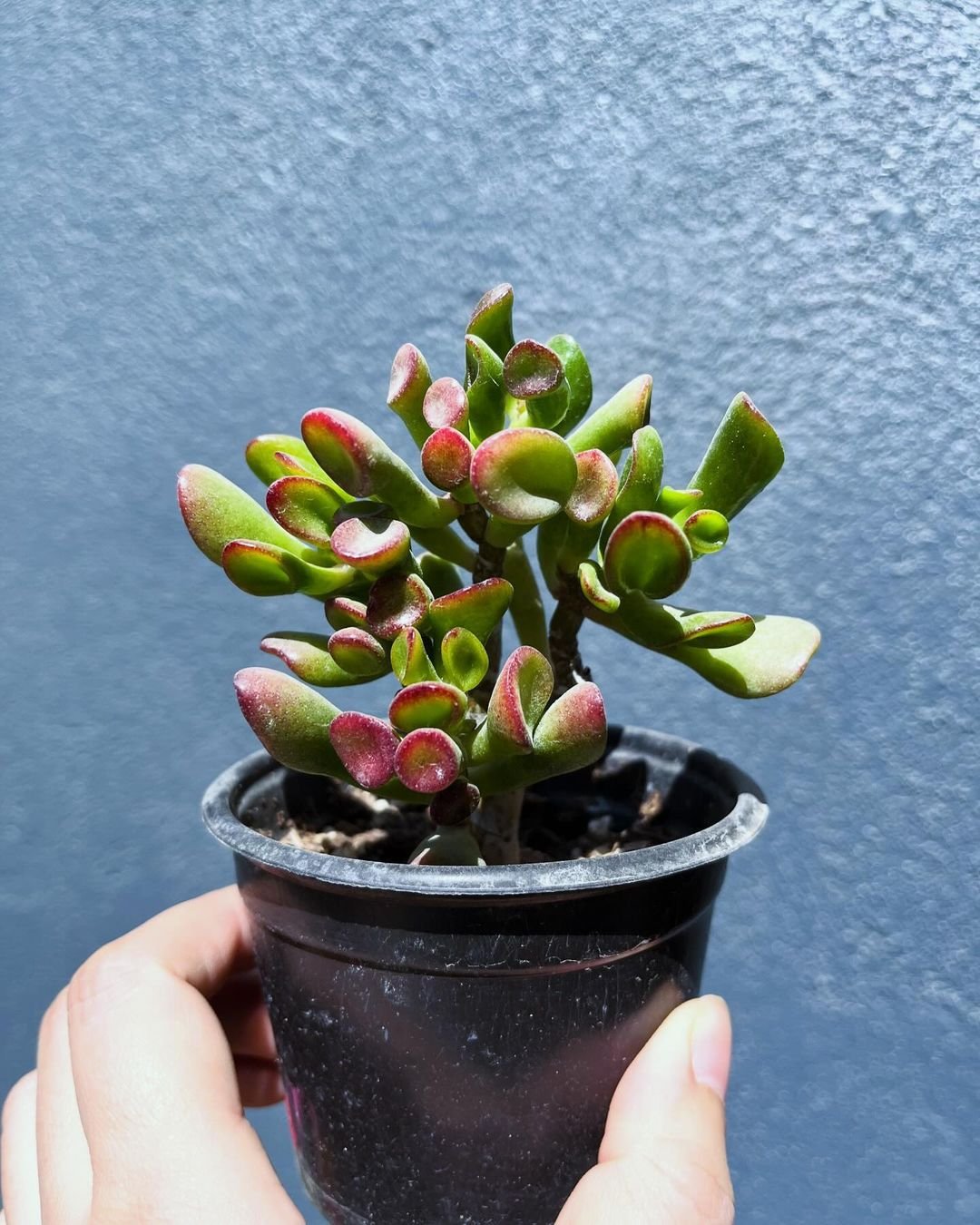
Here’s a concise chart with information about Crassula:
| Botanical Name | Crassula spp. |
|---|---|
| Plant Type | Succulent |
| Zones | Typically zones 9-11, but may vary by species |
| Exposure | Full sun to partial shade |
| Bloom Time | Late winter to early spring |
| Height/Spread | Varies widely by species, generally 6 inches to 3 feet in height, with similar spread |
Crassulas are a diverse group of succulents that come in various shapes and sizes. Some varieties, like the jade plant (Crassula ovata) and the watch chain (Crassula muscosa), are popular houseplants, while others, like the beautiful Crassula perforata, make excellent outdoor additions.
6. Kalanchoe
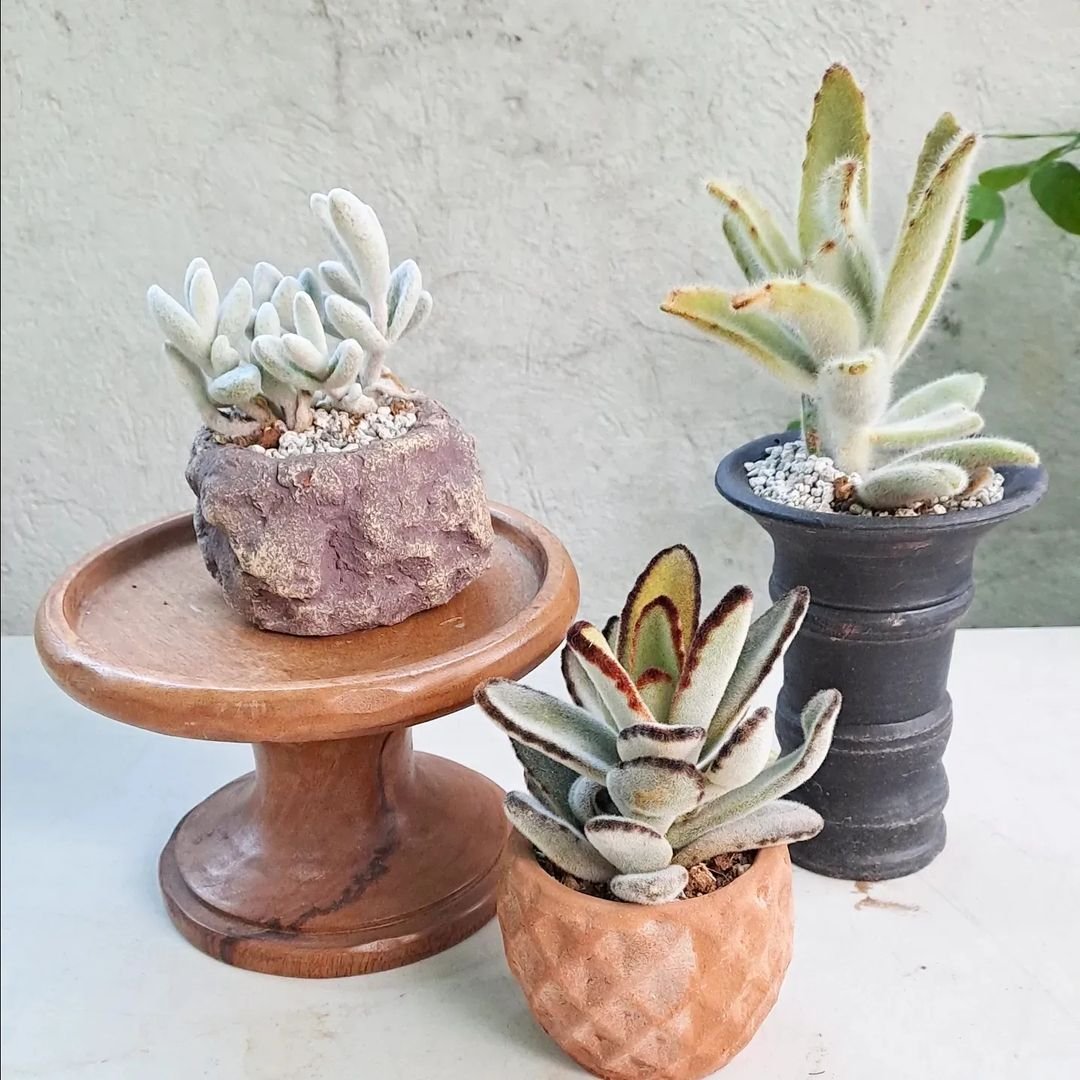
Here’s a summarized chart providing information about Kalanchoe:
| Botanical Name | Kalanchoe spp. |
|---|---|
| Plant Type | Succulent |
| Zones | Typically zones 10-11, but may vary by species |
| Exposure | Bright, indirect light to full sun |
| Bloom Time | Typically winter to spring, but may vary by species |
| Height/Spread | Varies by species, generally 6 inches to 3 feet in height, with similar spread |
Kalanchoes are known for their vibrant, long-lasting blooms and attractive foliage. These succulents come in a range of colors, from the classic red to yellow, orange, and pink. Popular varieties include ‘Cynthia,’ ‘Houghton’s Hybrid,’ and the striking ‘Flapjack’ (Kalanchoe luciae).
7. Agave
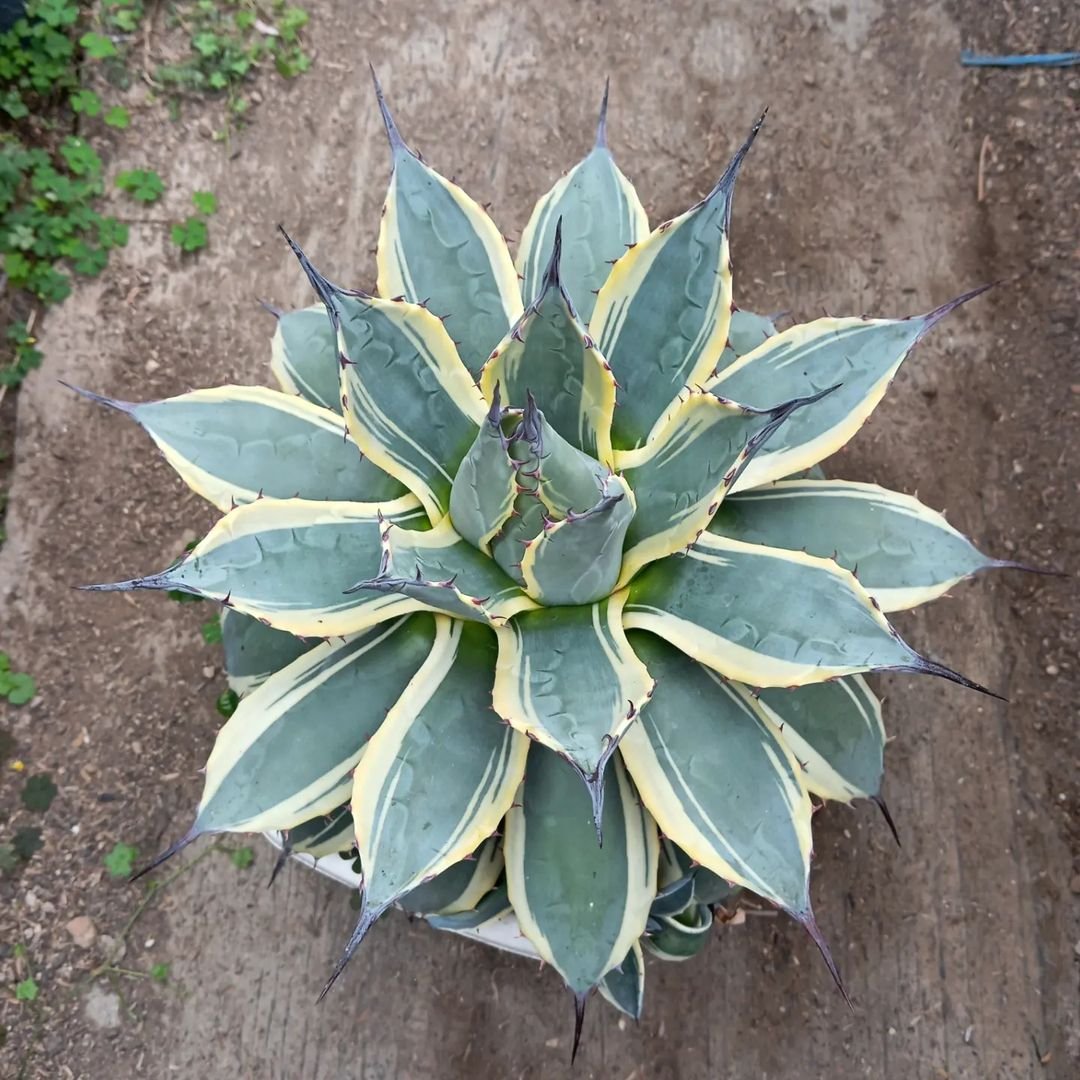
Here’s a concise chart providing information about Agave:
| Botanical Name | Agave spp. |
|---|---|
| Plant Type | Succulent |
| Zones | Typically zones 8-11, but may vary by species |
| Exposure | Full sun |
| Bloom Time | Varies widely by species, typically once in its lifetime, often after many years |
| Height/Spread | Varies by species, generally 1 to 6 feet in height, with similar spread |
Agaves are striking, large succulents that make bold statements in the garden. These plants feature thick, fleshy leaves that often have sharp spines, making them excellent for creating a dramatic, desert-inspired landscape. Popular varieties include the blue agave (Agave tequilana), the century plant (Agave americana), and the artichoke agave (Agave parryi).
8. Haworthia
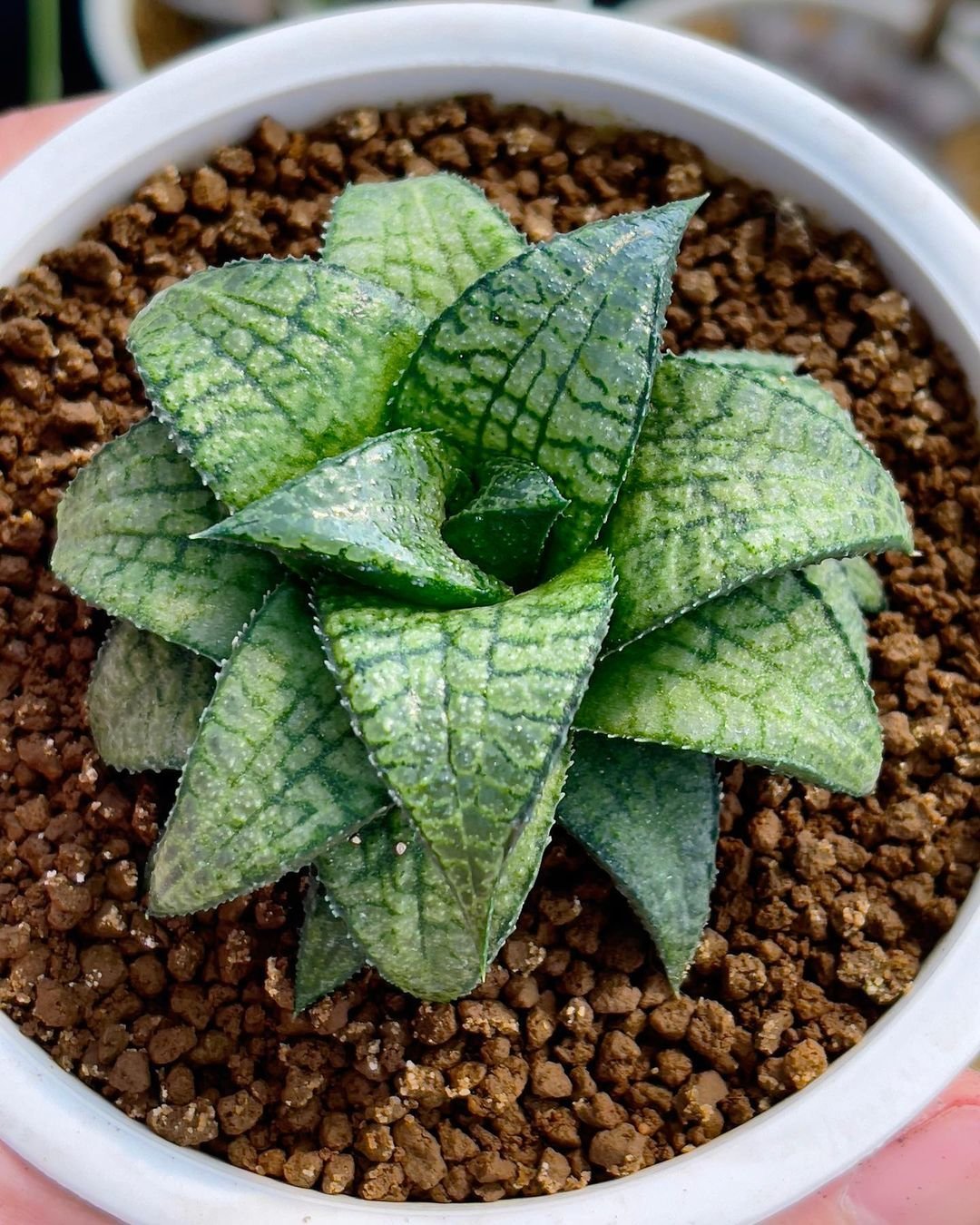
Here’s a simplified chart providing information about Haworthia:
| Botanical Name | Haworthia spp. |
|---|---|
| Plant Type | Succulent |
| Zones | Typically zones 9-11, but may vary by species |
| Exposure | Bright, indirect light to partial shade |
| Bloom Time | Typically in late spring to summer, but may vary by species |
| Height/Spread | Varies by species, generally 3 to 8 inches in height, with similar spread |
Haworthias are small, low-growing succulents that are perfect for rock gardens or container plantings. These plants form tight rosettes of fleshy, pointed leaves and come in a range of colors, from green to shades of white, pink, and even translucent. Popular varieties include the zebra haworthia (Haworthia fasciata) and the pearl plant (Haworthia margaritifera).
9. Gasterias
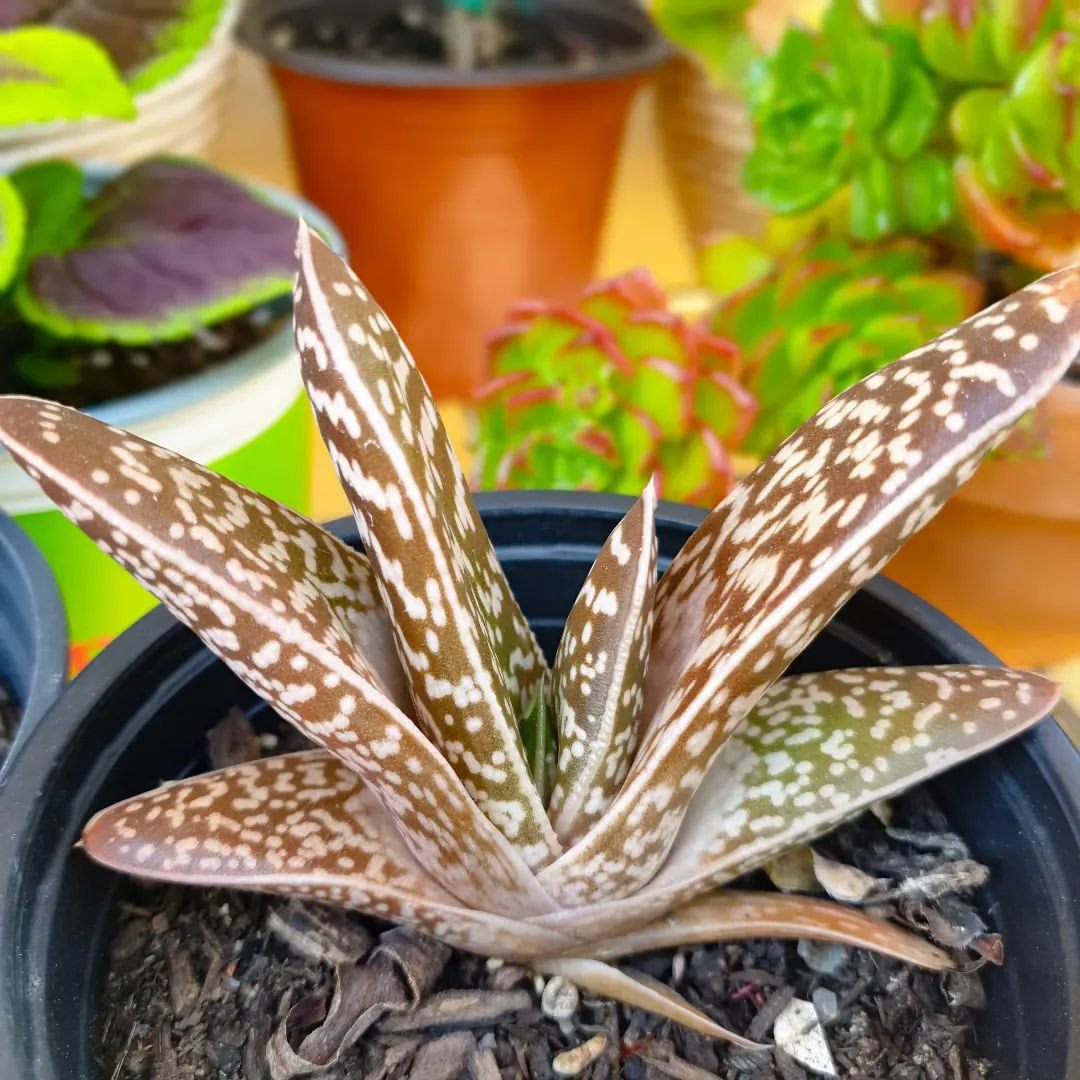
Here’s a concise chart providing information about Gasteria:
| Botanical Name | Gasteria spp. |
|---|---|
| Plant Type | Succulent |
| Zones | Typically zones 9-11, but may vary by species |
| Exposure | Bright, indirect light to partial shade |
| Bloom Time | Typically in late winter to spring, but may vary by species |
| Height/Spread | Varies by species, generally 6 to 12 inches in height, with similar spread |
Gasterias are closely related to haworthias and share similar rosette shapes and fleshy leaves. However, they often have more pronounced markings or patterns on their leaves, adding unique visual interest to any succulent collection. Popular varieties include the ox-tongue gasteria (Gasteria disticha) and the lawyer’s tongue (Gasteria bicolor).
10. Pachyphytum
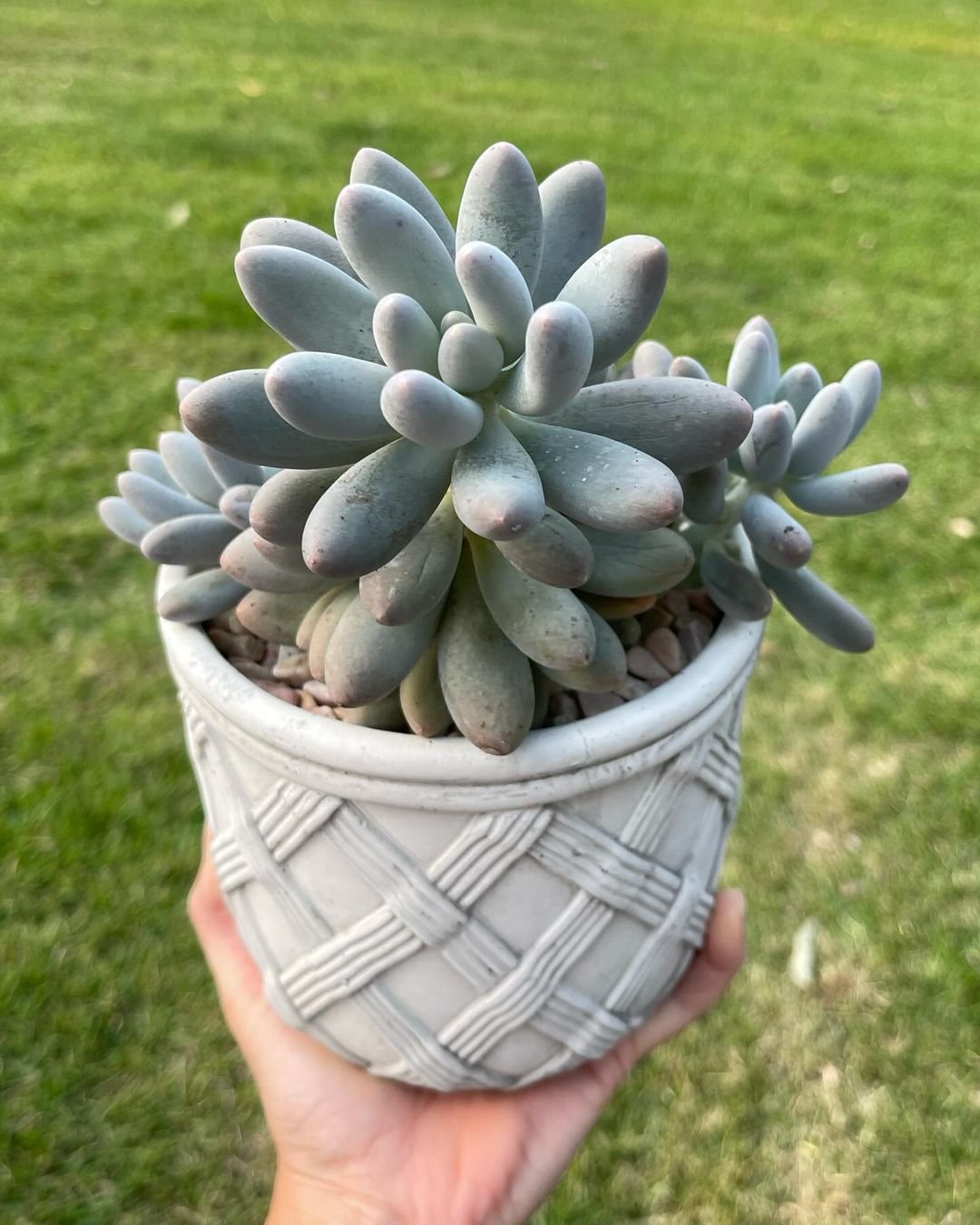
Here’s a concise chart providing information about Pachyphytum:
| Botanical Name | Pachyphytum spp. |
|---|---|
| Plant Type | Succulent |
| Zones | Typically zones 9-11, but may vary by species |
| Exposure | Bright, indirect light to partial shade |
| Bloom Time | Typically in late spring to summer, but may vary by species |
| Height/Spread | Varies by species, generally 4 to 12 inches in height, with similar spread |
Pachyphytums, also known as moon stones or sugar almonds, are small, compact succulents that form tight rosettes of fleshy, rounded leaves. These charming plants come in a range of colors, including shades of green, blue, and even pink or purple. Popular varieties include Pachyphytum oviferum and Pachyphytum compactum.
11. Graptoveria

Here’s a concise chart providing information about Graptoveria:
| Botanical Name | Graptoveria spp. |
|---|---|
| Plant Type | Succulent |
| Zones | Typically zones 9-11, but may vary by species |
| Exposure | Full sun to partial shade |
| Bloom Time | Typically in late spring to summer, but may vary by species |
| Height/Spread | Varies by species, generally 6 inches to 1 foot in height, with similar spread |
Graptoverias are hybrid succulents created by crossing echeverias and graptopetalums. These plants combine the attractive rosette shapes of echeverias with the unique leaf patterns and colors of graptopetalums. Popular varieties include ‘Fred Ives,’ ‘Opalina,’ and ‘Moonglow.’
12. Senecio
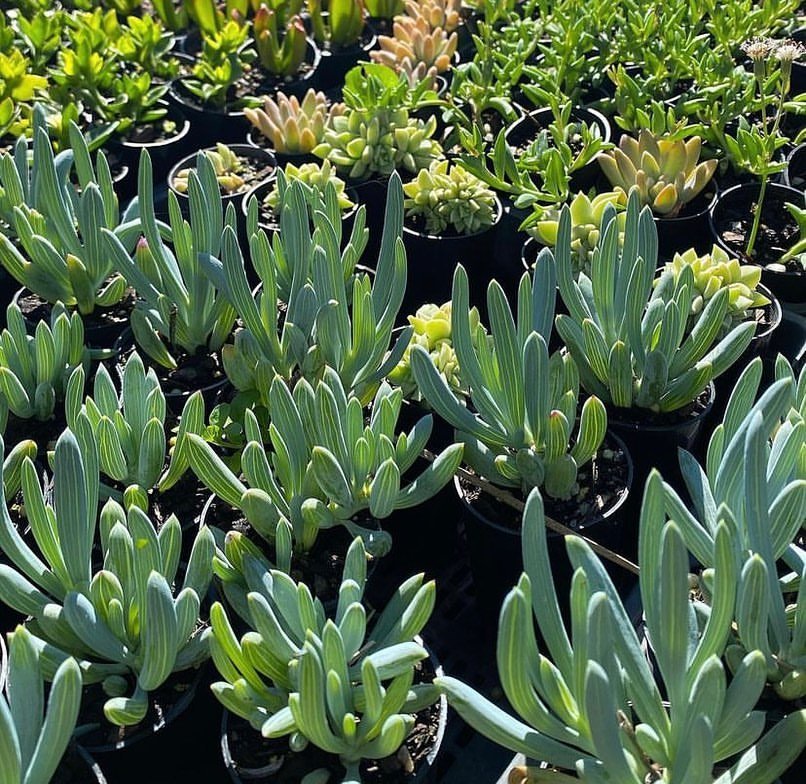
Here’s a concise chart providing information about Senecio:
| Attribute | Information |
|---|---|
| Botanical Name | Senecio |
| Plant Type | Herbaceous perennial, shrub, or succulent |
| Zones | Varies depending on species, generally USDA Zones 3-11 |
| Exposure | Full sun to partial shade |
| Bloom Time | Spring to summer, varies depending on species |
| Height/Spread | Varies widely depending on species |
Senecio is a diverse genus that includes both upright and trailing succulent varieties. Some popular choices include the string of pearls (Senecio rowleyanus) and the string of bananas (Senecio radicans), both known for their unique, bead-like foliage that trails beautifully in hanging baskets or containers.
13. Aichryson

Here’s a concise chart providing information about Aichryson:
| Attribute | Information |
|---|---|
| Botanical Name | Aichryson |
| Plant Type | Succulent |
| Zones | USDA Zones 9-11 |
| Exposure | Full sun to partial shade |
| Bloom Time | Spring to summer |
| Height/Spread | Varies depending on species |
Aichrysons are low-growing succulents that form tight rosettes of fleshy leaves. They are known for their ability to produce striking, daisy-like flowers in shades of yellow, pink, or white. Popular varieties include Aichryson laxum and Aichryson villosum.
14. Adromischus

Here’s a concise chart providing information about Adromischus:
| Attribute | Information |
|---|---|
| Botanical Name | Adromischus |
| Plant Type | Succulent |
| Zones | USDA Zones 9-11 |
| Exposure | Full sun to partial shade |
| Bloom Time | Spring to summer |
| Height/Spread | Varies depending on species |
Adromischus, also known as the calico plant or the crinkle-leaf plant, is a unique succulent known for its distinctive, crinkled or puckered leaves. These plants come in a range of colors, from green to shades of red and purple, and make excellent additions to any succulent collection.
15. Echeveria Gibbiflora
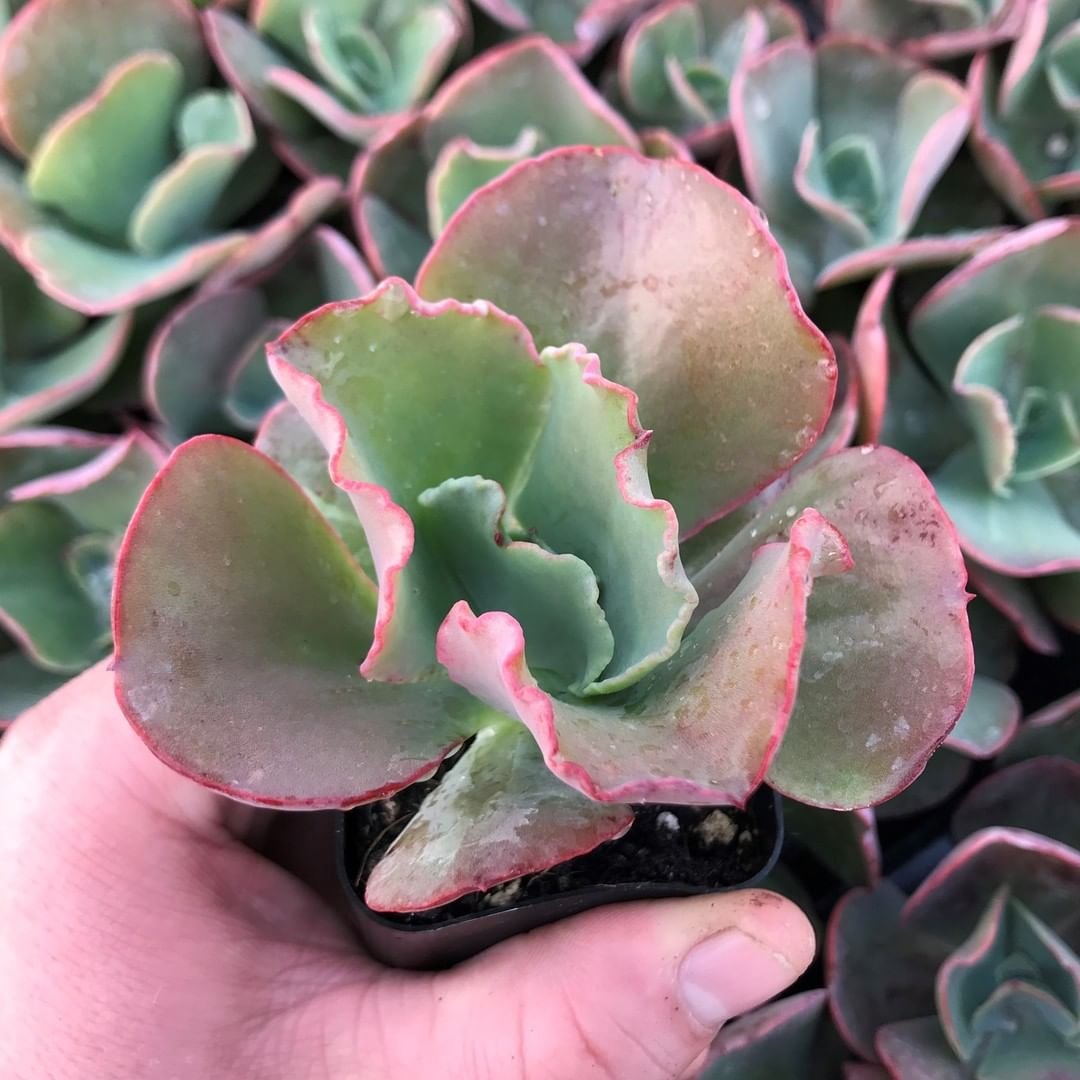
here’s a short information chart about Echeveria Gibbiflora:
| Attribute | Information |
|---|---|
| Botanical Name | Echeveria gibbiflora |
| Plant Type | Succulent |
| Zones | USDA Zones 9-11 |
| Exposure | Full sun to partial shade |
| Bloom Time | Spring to summer |
| Height/Spread | 6-12 inches tall, 6-12 inches wide |
Echeveria gibbiflora, also known as the buckwheat blossom or the hens and chicks echeveria, is a distinctive succulent characterized by its clusters of small, rosette-forming offsets. These offsets surround the main plant, creating a beautiful, textural display.
Conclusion
Succulents offer a world of diversity and beauty, with each variety bringing its unique charm to the garden. From the classic rosette-forming echeverias to the striking agaves and the delicate graptopetalums, there is a succulent to suit every taste and garden style.
By incorporating these low-maintenance, drought-tolerant plants into your landscape, you’ll not only add visual interest but also create a resilient and sustainable garden that can thrive in even the harshest conditions.
Whether you’re a seasoned gardener or just starting your succulent journey, exploring the world of these fascinating plants is sure to be a rewarding and captivating experience. So, embrace the beauty of succulents and let your creativity flourish as you design a garden that truly reflects your personal style and love for nature’s resilient wonders.
Pingback: Beauty of Succulents with Pink Flowers: A Gardener’s Guide
Pingback: 15 Popular Types of Succulents for Your Garden ...
Pingback: Wall Decor Ideas: Stunning Indoor Plant Living Art
Pingback: Wall Decor Ideas: Stunning Indoor Plant Living Art - Gardener's School
Pingback: The Best Hanging Plants to Grow in 2024: Top 20 List
Pingback: Discover the 9 Best Mother of Thousands Varieties | Mother of Millions Types
Pingback: Explore 17 Amazing Trees Starting with the Letter ‘A’ - Gardener's School
Pingback: The Ultimate Guide to Watering Plants Gardeners Schools